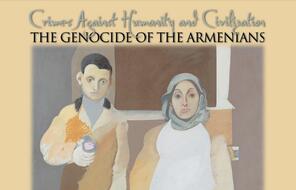Breadcrumb
- Home
- Upstander
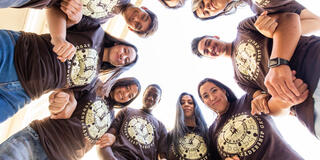
Upstander
A person who speaks or acts in support of an individual or cause, particularly someone who intervenes on behalf of a person being attacked or bullied.
We believe every student can become an upstander, whether by challenging negative stereotypes with family, standing up to a bully in their school, or encouraging civil discourse when neighbors disagree. Students in Facing History classrooms learn about the power of individual choices to shape history and explore how each of us can participate as citizens to create a more humane, just and compassionate world. With the readings and resources collected below, we invite you and your students to discover what it means to be an Upstander.
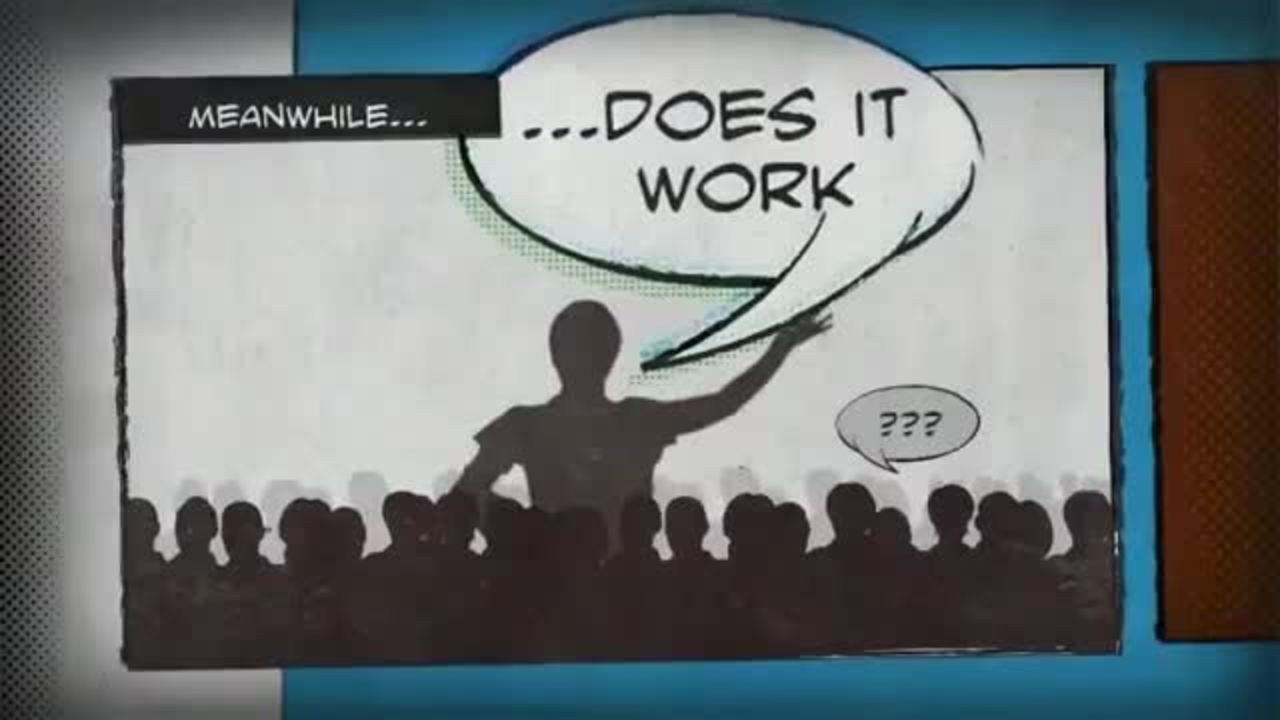
[MUSIC PLAYING]

What Difference Can a Word Make?
What encourages people to act on behalf of others? Do words have the power to influence the choices people make? In 2014, two New Jersey high-school students began a campaign to promote a word, upstander, that gave a name to a behavior that is crucial for building stronger communities and a more humane world. Read and share “What Difference Can a Word Make?” and consider what encourages people to act on behalf of others.
Upstander Stories
Bullying at School
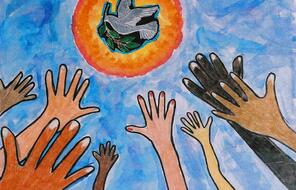
What it Takes to Be an Upstander

Young Poll Workers as Upstanders

Meet the History-Makers of Tomorrow
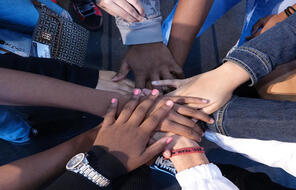
Leaving a Positive Footprint
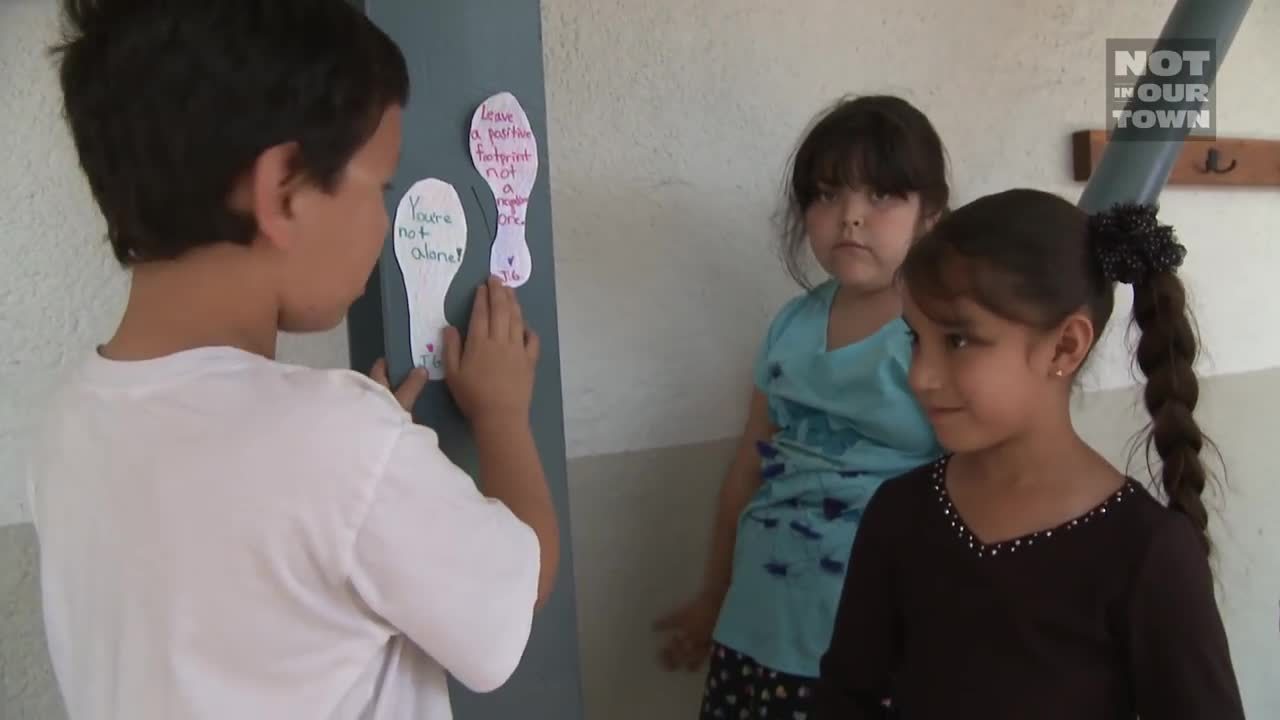
How to Be an Upstander: Acting against Indifference
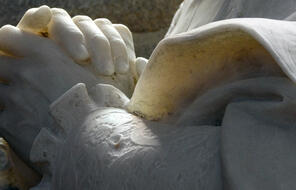
If Not Me
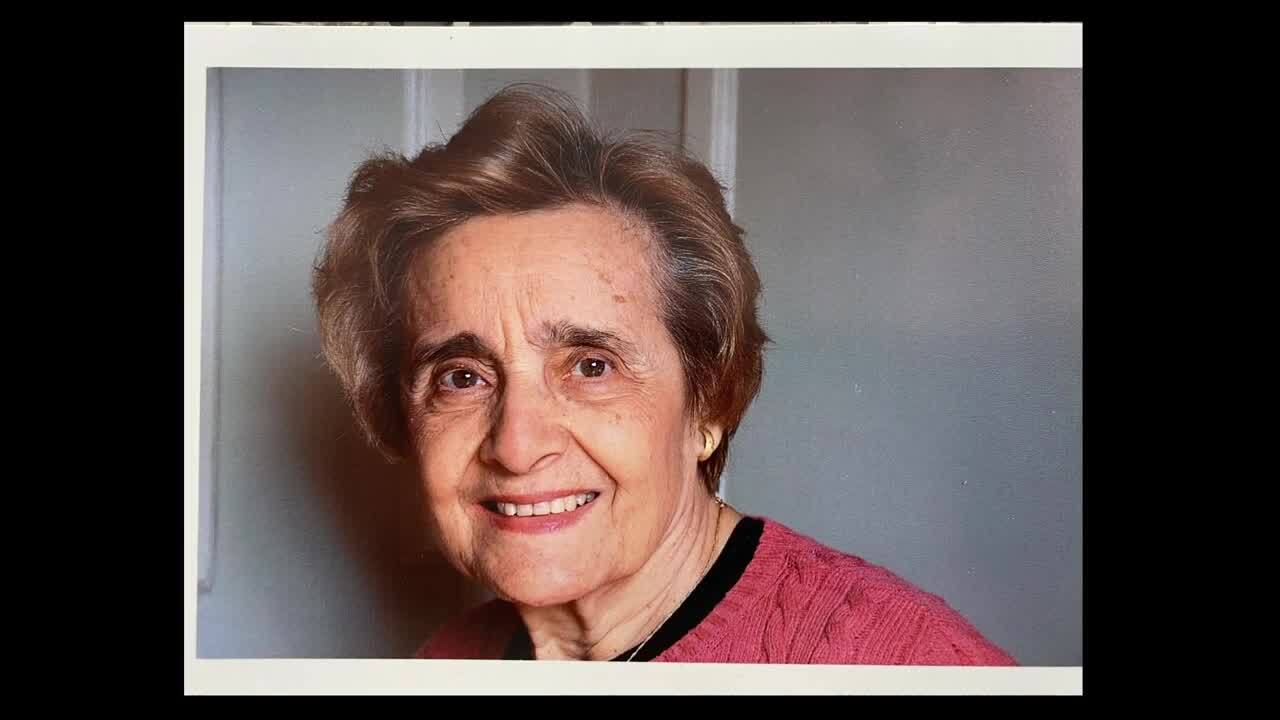
Yellow Fever Upstanders
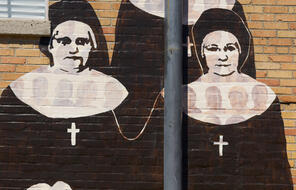
A Young Upstander Stands Up to Hate
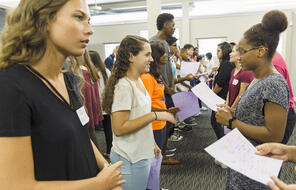
On Educating Upstanders - Ervin Staub
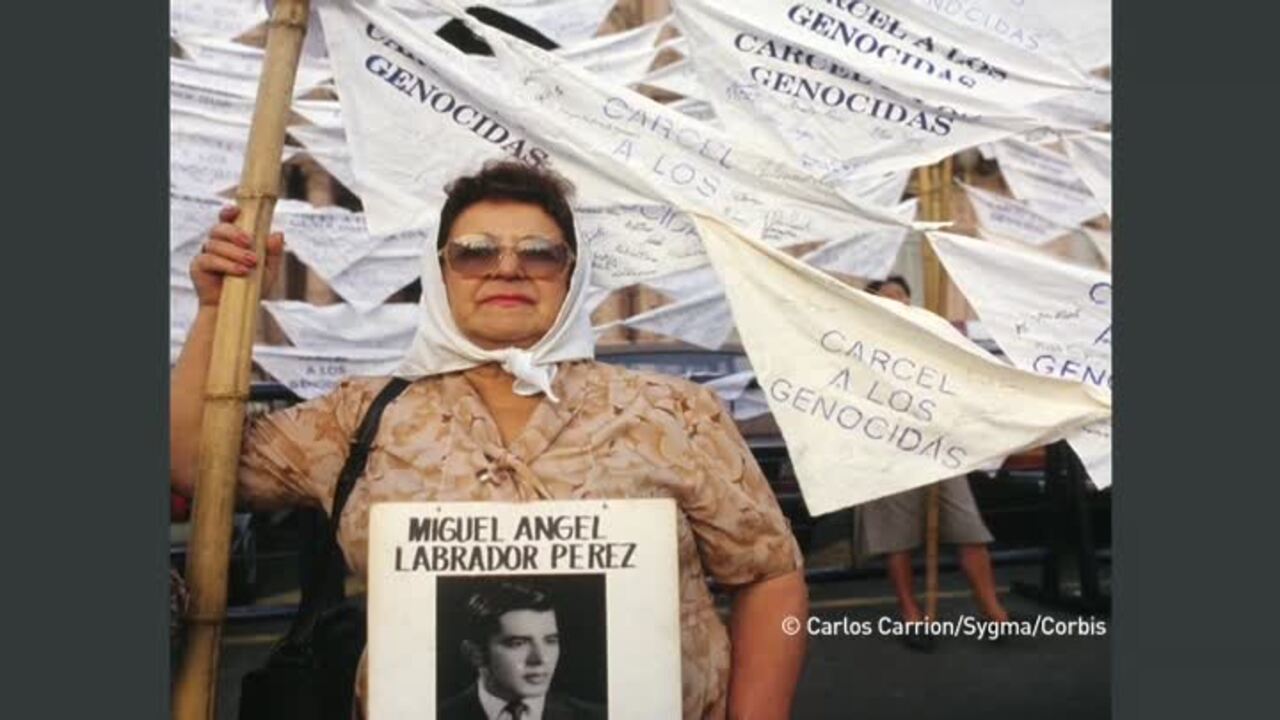
Donate now and together we'll build a better world
You might also be interested in…
6 New Books on Human Rights

Anti-Trans Legislation: How We Got Here and Why it Matters
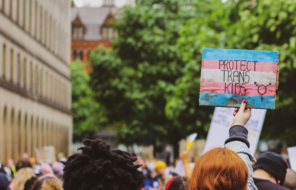
#MeToo Past and Present: 3 New Books on Challenging Gender Violence
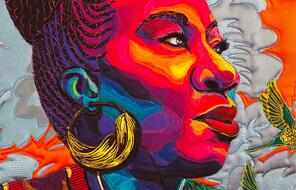
5 New YA Books on Women's History
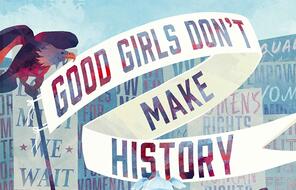
5 New Books on Women's History for 2022

4 Resources on Refugee Crises in Global Context
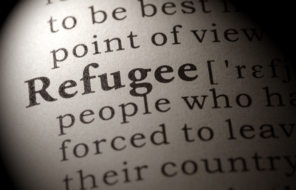
10 Virtual Exhibitions on Women's History

Ketanji Brown Jackson and the Power of Representation
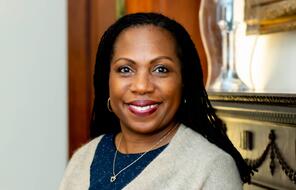
10 Women Who Made History
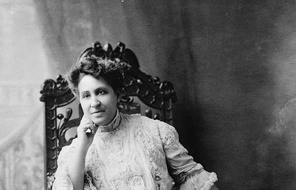
5 Classroom Resources on Women's History
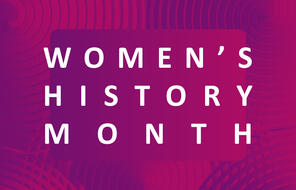
Competing Visions of Black Civic Participation
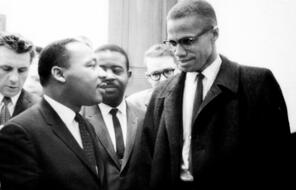
Why Genocide Recognition Matters
